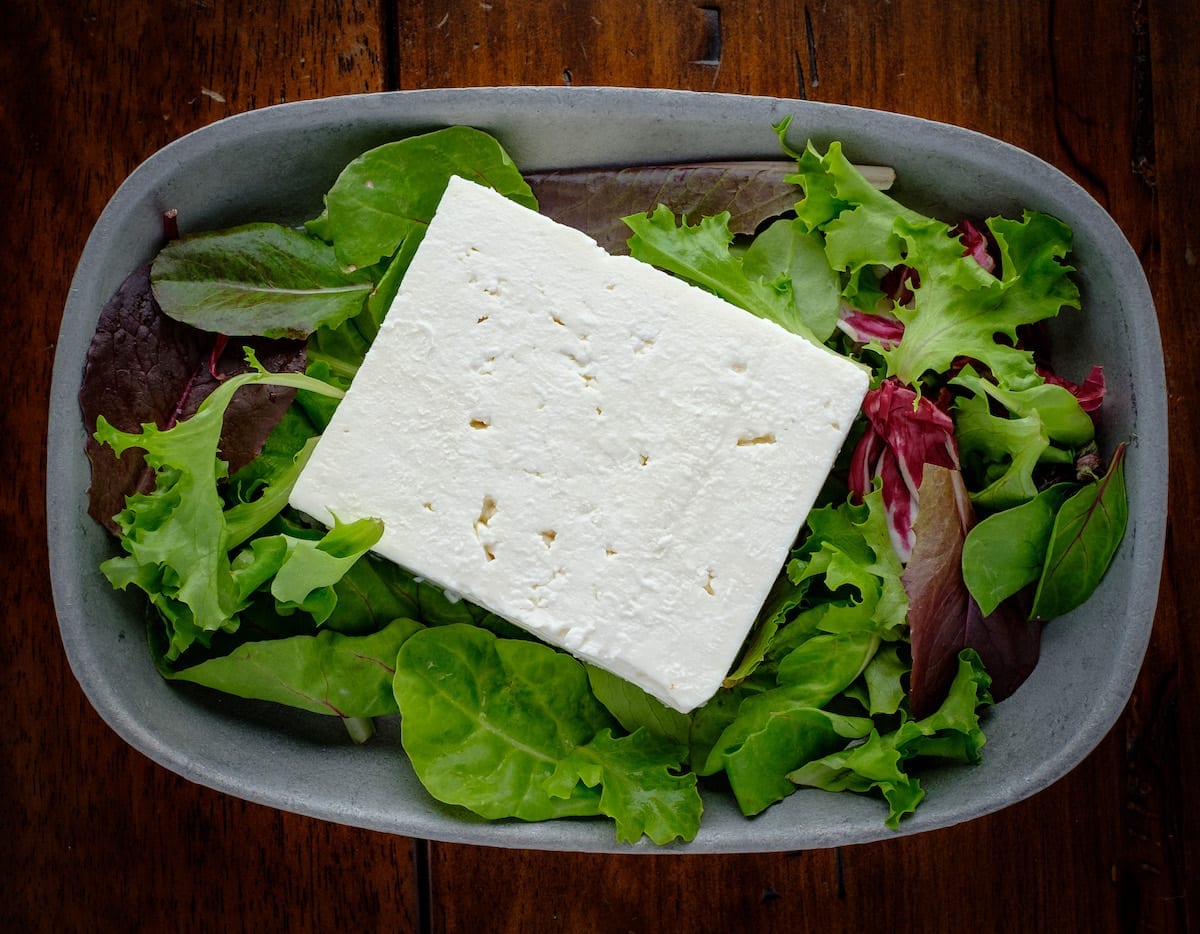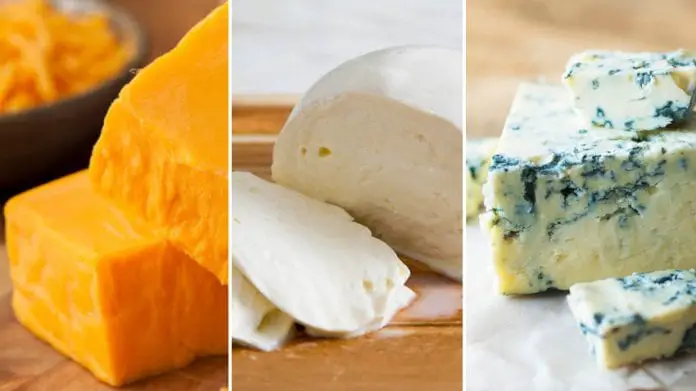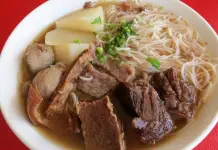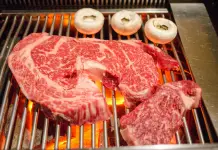There is something about adding cheese to your favourite food regardless of sweet or savoury dishes. This includes everything from desserts to meats, pastas, burgers, soups, fruits and even salad. For one thing, cheese helps elevate the existing flavour and make your food more palatable. It’s akin a flavour or taste enhancer. Of course, not every cheese tastes the same. Here are the 10 Different Types Of Cheese And How To Use Them.
1) Cheddar
Cheddar needs no introduction, given its mass popularity as the most widely-available type of semi-hard cheese in the market. You can easily find them in supermarkets regardless of a whole block, pre-packaged slices or shredded varieties. Made from cow’s milk, cheddar varies from a mellow white to a deep yellow colour. Depending on its age and pasteurisation, some cheddar cheese has a mild flavour while others can be tart and have a sharp aftertaste.
Best with: Cheese toasts, burgers, mac & cheese, crackers, mashed potatoes, grapes and Cabernet Sauvignon.

2) Parmesan
This classic Italian cheese a.k.a. Parmigiano-Reggiano is usually sold under the generic name of “parmesan”. Originated from northern Italy, parmesan’s ageing process typically takes from 12 months (1 year) to 36 months (3 years). It belongs to a hard cheese category made from cow’s milk and has an overall robust, yet nutty flavour. Among the most popular uses of parmesan as grated topping over pasta.
Best with: Pasta, soups, risottos, macaroni, pears, grapes, apples, salad, sparkling wines and champagne.
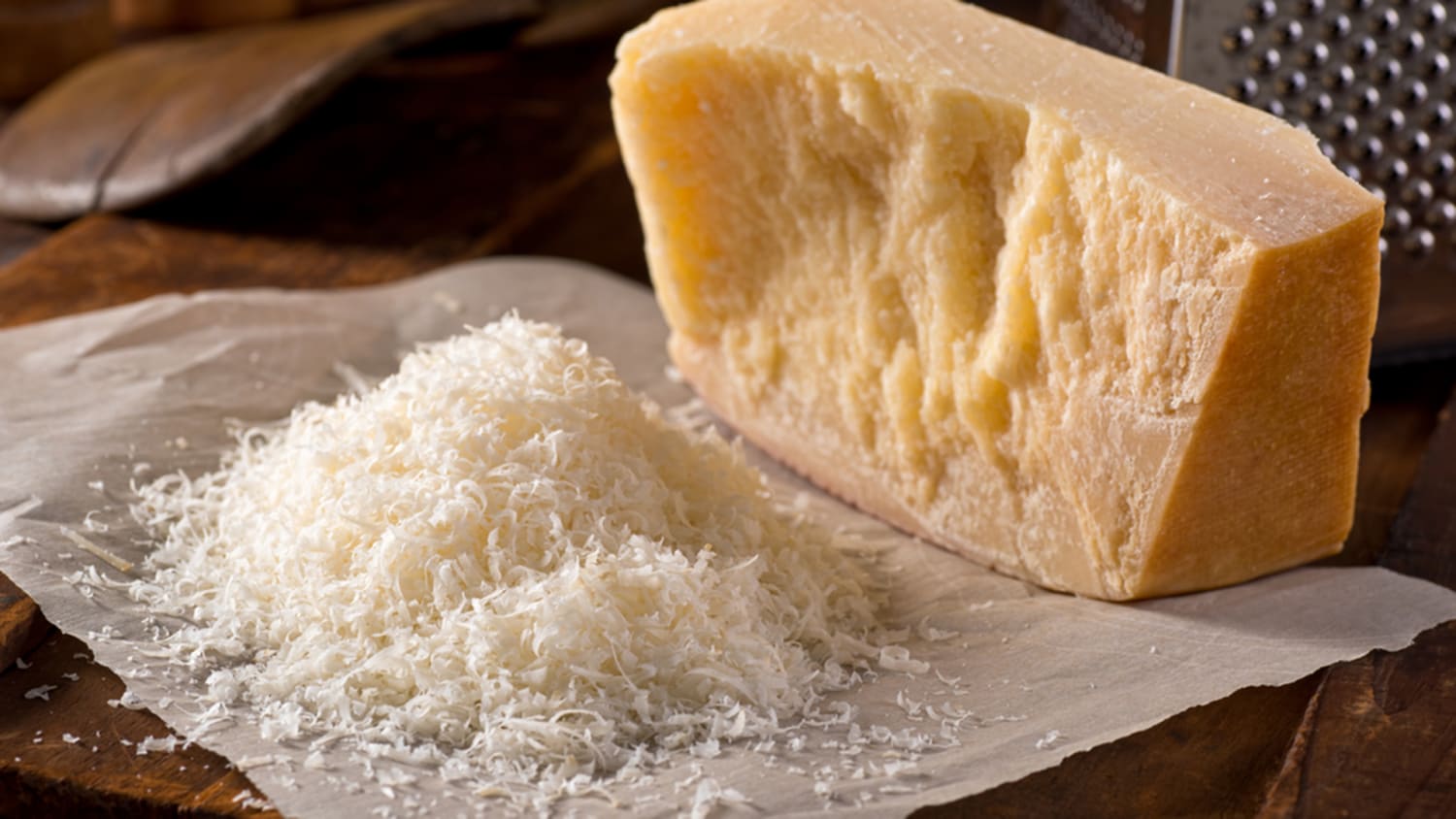
3) Brie
Hailing all the way from northeastern France, brie belongs to the soft-ripened (bloomy rind) cheese category that has a distinctive white rind. Flavour-wise, brie is usually described as fruity, nutty and earthy in its taste.
Best with: Meat, honey, apples, baguette, berries, grapes, green apples, pears, sun-dried tomatoes and Chardonnay.

4) Mozzarella
Did you know that the Italian-based — Southern Italy, to be exact — mozzarella is traditionally made from buffalo milk? These days, mozzarella can be varied from different animals including cow’s and sheep’s milk. Mild and creamy in its taste, you can’t go wrong using mozzarella for popular Italian dishes such as pasta and pizza.
Best with: Pasta, pizza, lasagna, sandwiches, sun-dried tomatoes, pineapples, olive oil and Sauvignon Blanc.

5) Monterey Jack
Mild, buttery with a hint of tangy aftertaste — that’s Monterey Jack, among the few semi-hard cheese categories originating from the US (specifically California). Made from cow’s milk, the typical ageing process for Monterey Jack only takes around a month. It has a high butterfat content, making it an ideal cheese for melting purposes.
Best with: Casseroles, cheese dips, grilled cheese, sandwiches, mac & cheese, portobello mushrooms, plums, green apples, olives and Pinot Noir.

6) Ricotta
Unlike most aged cheeses, ricotta is more of a fresh cheese made from sheep’s milk. The overall taste usually described as mildly sweet, smooth and creamy with a low sodium content. In other words, ricotta goes well with almost everything for mix-and-match recipes.
Best with: Cheese dips, sandwiches, sunny-side-up-eggs, pasta, lasagna, pies, cheesecakes, sausages, olives, cherries, berries, olive oil and lemon zest.
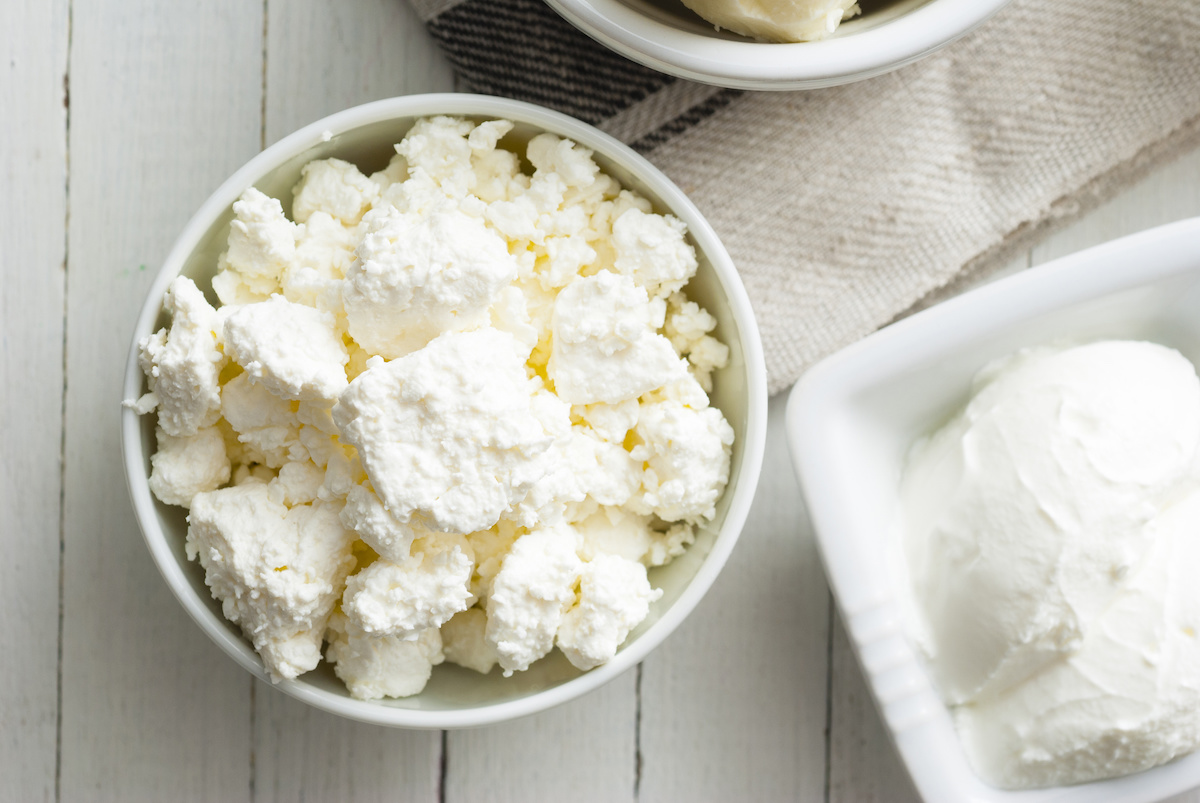
7) Cottage Cheese
Like ricotta, cottage cheese along belongs to the fresh cheese category. It boasts a chunky texture since cottage cheese comes from the curd of full cream milk. Cottage cheese is often described as soft, mildly sweet and creamy with a hint of saltiness. It also happens to be rich in nutrients, with high protein and minimum fat content — no doubt an ideal choice for weight watchers who love cheese.
Best with: Toasts, salad, cakes, muffins, granola, potatoes, pasta, casseroles, cheese dips, berries, pancake batter, scrambled eggs and smoothies.

8) Mascarpone
Mascarpone consists of only two ingredients: cream and citric acid or tartaric acid. This soft Italian cheese has a rich, creamy yet mildly sweet flavour — a combination of taste versatile enough for both sweet and savoury dishes.
Best with: Tiramisu, ice cream, risotto, lasagna, mac & cheese, pasta, soups and cheese dips.
/mascarpone-in-a-small-blue-bowl-56113139-5818ffd93df78cc2e8e83a33-5a7b4c463418c60036a26fa8.jpg)
9) Blue Cheese
At first glance, the blue-green marbling visibly seen all over the cheese block can be easily mistaken as “spoilt and mouldy”. But that’s what makes blue cheese unique — the “mould” in question actually comes from a strain of penicillin known as “roqueforti”. Made from either cow’s, goat’s or sheep’s milk, blue cheese has a strong, distinct and buttery flavour while the smell itself can be a turn-off for some people.
Best with: Roasted vegetables, salad, soups, purees, apples, cucumbers, whole grain crackers, nut bread and meat (beef, ham & chicken).
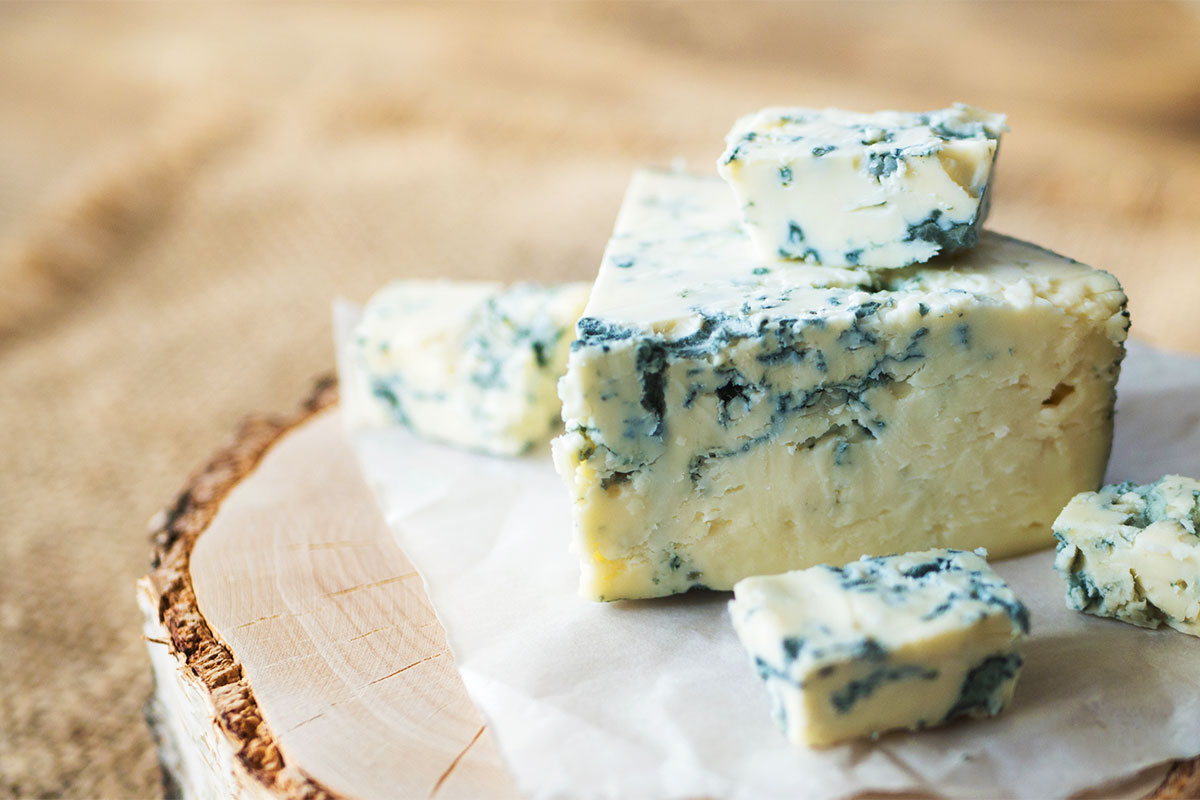
10) Feta
Originated from Greece, feta is a type of white brined cheese made from either goat’s or sheep’s milk. It has a combination of salty and tangy flavour, with an overall crumbly or creamy texture.
Best with: Salad, nuts, roasted peppers, olives, sandwiches and tacos.
